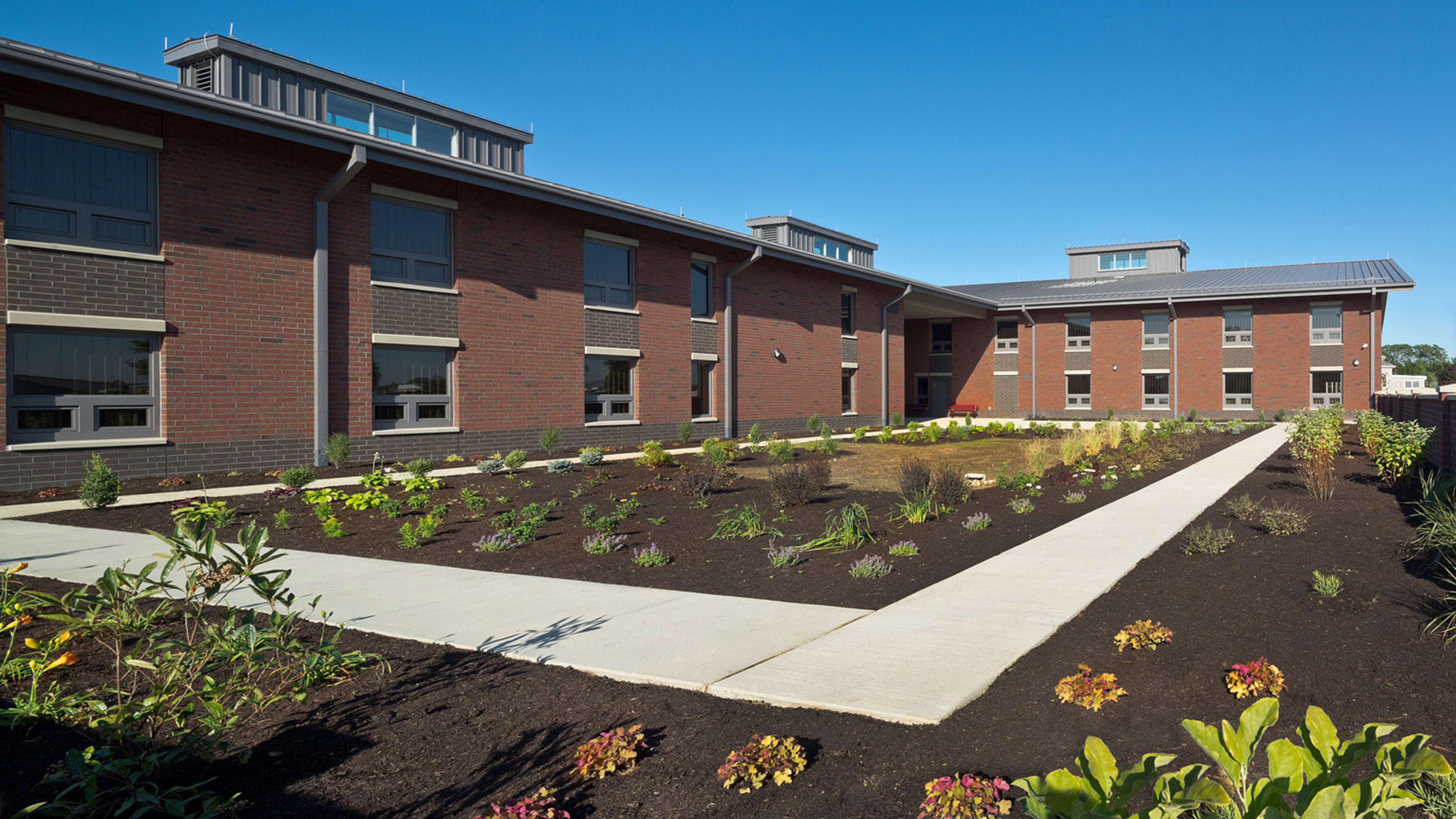Debra grew up on a farm and loves the outdoors and the smell of dirt. But now, at age 37, she’s sequestered from the natural world. She lives at the Ohio Reformatory for Women, a state prison located about 45 minutes outside Columbus that houses about 2,400 women, where she’s serving about a year left on her sentence.
But Debra and a small group of inmates have had the chance to get their hands dirty through a year-long horticulture class that’s taught at the prison. And for the first time, part of this class contributed to a design for an outdoor courtyard that will adjoin a renovated dormitory, designed by the architecture firms HOK and K2M.
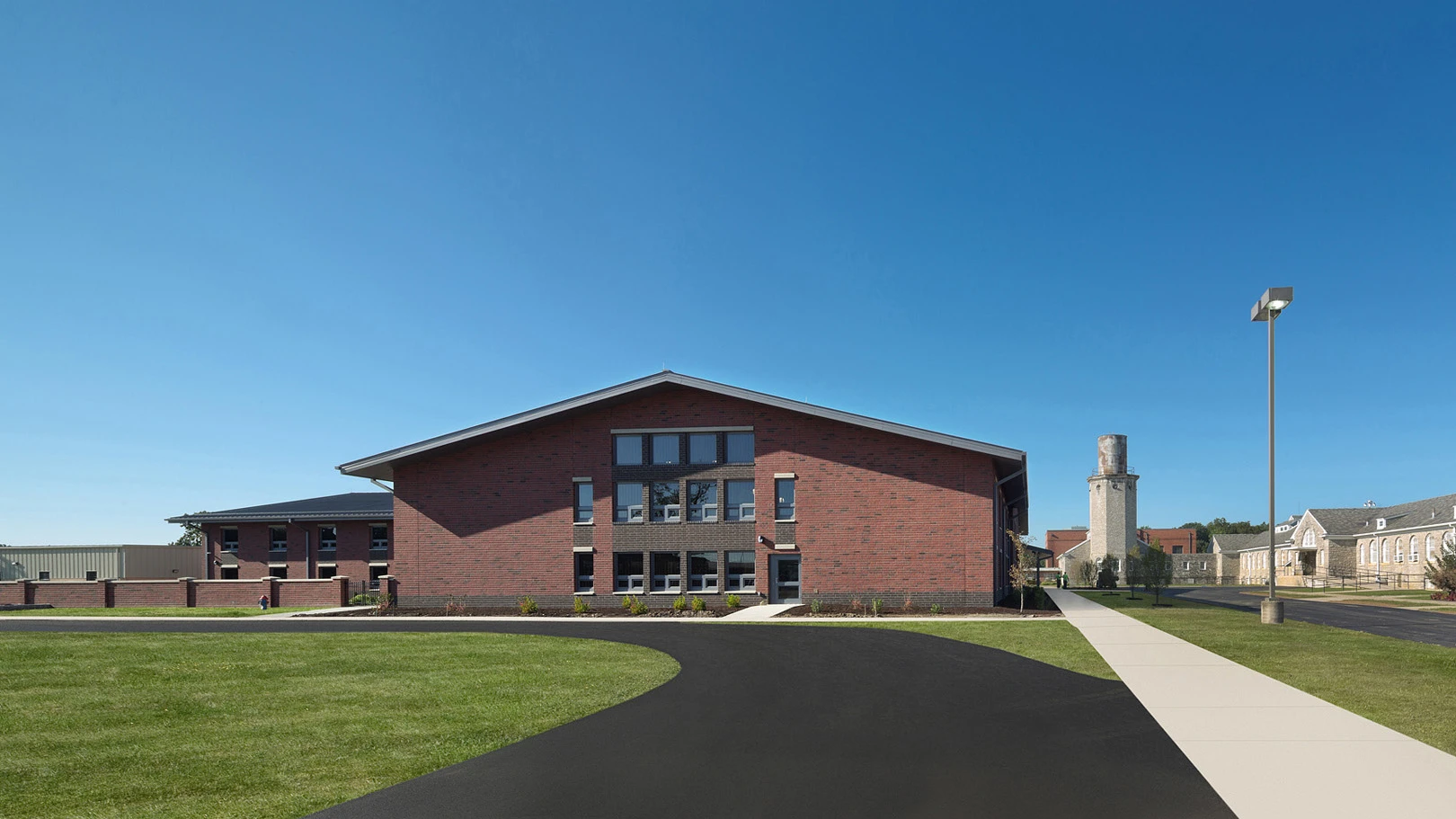
Including inmates in the design process for a prison building and outdoor space is a radical departure from the harsh, top-down perspective that many prisons adopt. The Ohio Reformatory for Women, however, has attempted to take a more humane approach to incarceration that reduces recidivism. Since 2001, it has enabled imprisoned mothers to care for their children who live in a prison nursery just outside the facility’s walls, a practice that has been shown to significantly curtail recidivism in prisons that have similar programs (ORW doesn’t have specific data on its program). The prison also hosts programs that enable inmates to train service dogs and to get their GEDs. A 2015 analysis of Ohio’s prisons by the University of Cincinnati found reduced recidivism rates among female inmates who completed educational programs or participated in programs for reintegration.
In addition, ORW boasts one of the only addiction-recovery communities for imprisoned women in the country, and recidivism rates for women who go through that program are only about a third of the state’s average of 30%. Within this context, creating a means for women to engage in designing and building a new dormitory and courtyard is just another strategy to help women gain life skills and reduce the chance they’ll end up back behind bars.

Reimagining the dormitory
HOK and K2M redesigned the 288-bed dormitory, called Lincoln, to allow for its residents to move about more freely and to have slightly more privacy than is typical at a prison like this. That’s because it’s specifically for women who are serving out long-term or life sentences. Unlike other dorms, which are entirely open, this one will have smaller, eight-person rooms in cells without doors. The building will also have larger open spaces for recreation, including an artist’s studio and some of the reformatory’s programs for wildlife rescue and dog training.
The dormitory will also feature operable windows that allow for ventilation and let inmates look out into the outdoor courtyard. In part due to the amount of daylight the operable windows allow into the space, the building will be the first LEED Silver-certified prison structure in the state. The women will move into the building later this fall.
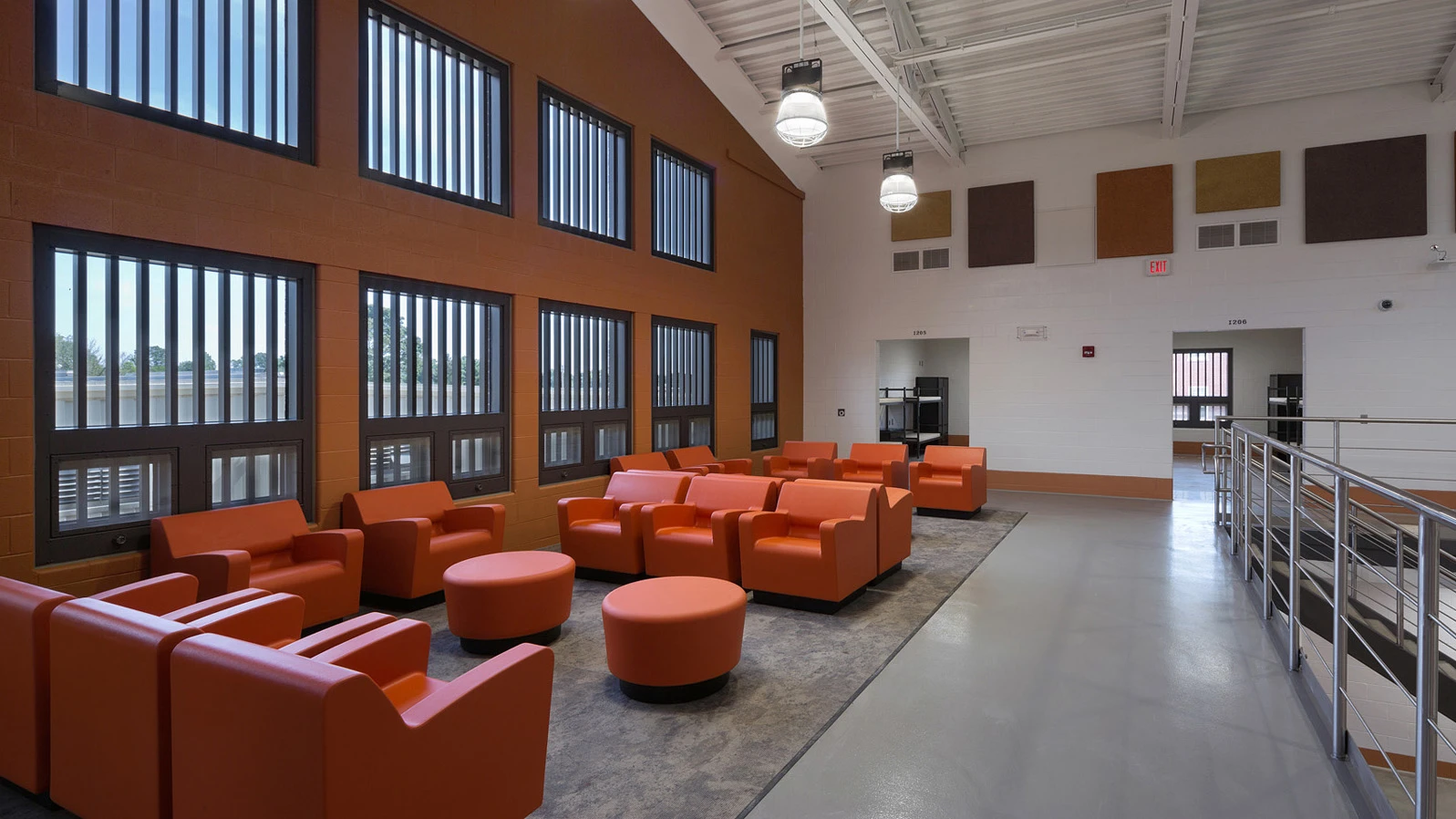
In designing the dormitory, HOK architect Allison Johnson sat down with two inmates that the group elected to represent them to design the space in a way that would meet some of their needs while still adhering to the prison’s security standards. The windows, for instance, walk that line: even though they’re operable, they don’t have any small pieces that could be dismantled and are secure enough to ensure that inmates won’t be able to escape through them.
“They’re still humans,” Johnson says. “I think that it is really important to see them not just as a number, not just as the crime they committed, but who they really are.”
While the Ohio Reformatory for Women does place more of an emphasis on rehabilitation than other prisons, it does still have its problems: in 2017, one of its inmates won a lawsuit against a guard who sexually assaulted her at the prison.
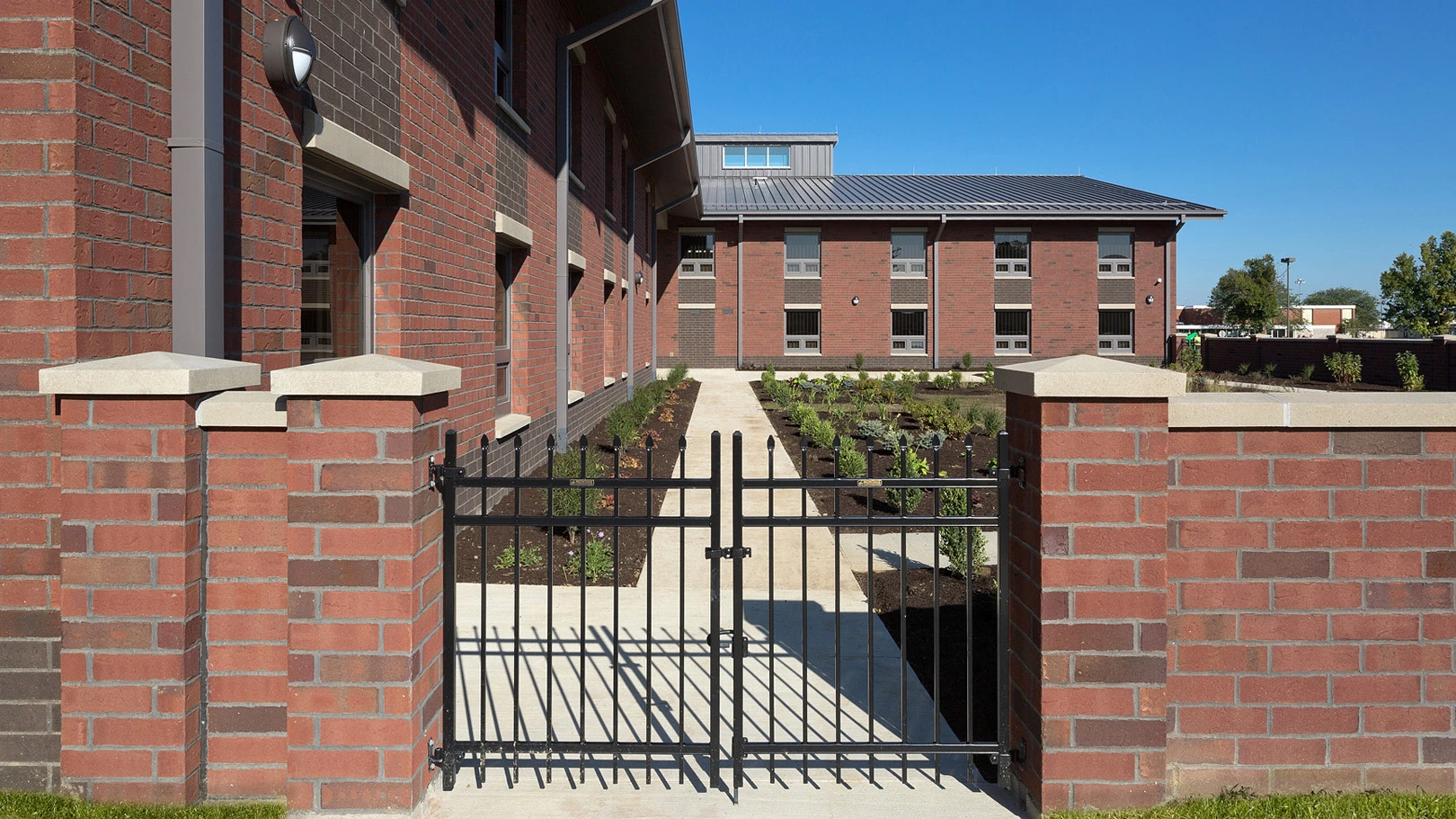
A prison-specific design charrette
While some inmates were able to weigh in on the design for the dormitory, they had much more say in the design of the outdoor space as part of the annual horticulture class.
In October 2018, HOK, the horticulture class teacher Emily Stahl, and professor of landscape architecture at Ohio State Halina Steiner ran a design charrette for the women, who brainstormed how the space might be landscaped. Ideas included outdoor classrooms, water features, and even repurposing materials from the renovated dorm.
“Having the opportunity to brainstorm with people outside of here . . . was amazing and made me feel like everyone doesn’t see an inmate as a lost cause,” Debra wrote to Fast Company.

Ultimately, the class landed on the idea of a sensory garden, with different plants chosen to stimulate each of the five senses. For fragrance and color, the designers picked a bright-red astilbe called “Vision in Red.” Silky lamb’s ears are deliciously soft to the touch. Northern sea oats tend to rustle together when the wind blows, adding a soundtrack to the garden. And a variety of herbs give the women something fragrant and and tasty to harvest and dry. The inmates also chose drought-tolerant plants, plants to attract pollinators, and plants that would provide food for Monarch butterflies.
“We wanted it to be special, if this is what they have,” Stahl says.
The inmates planted all the greenery that they had chosen for the space this August. The garden will also feature raised platforms where inmates can meet to study together, though these have yet to be installed.
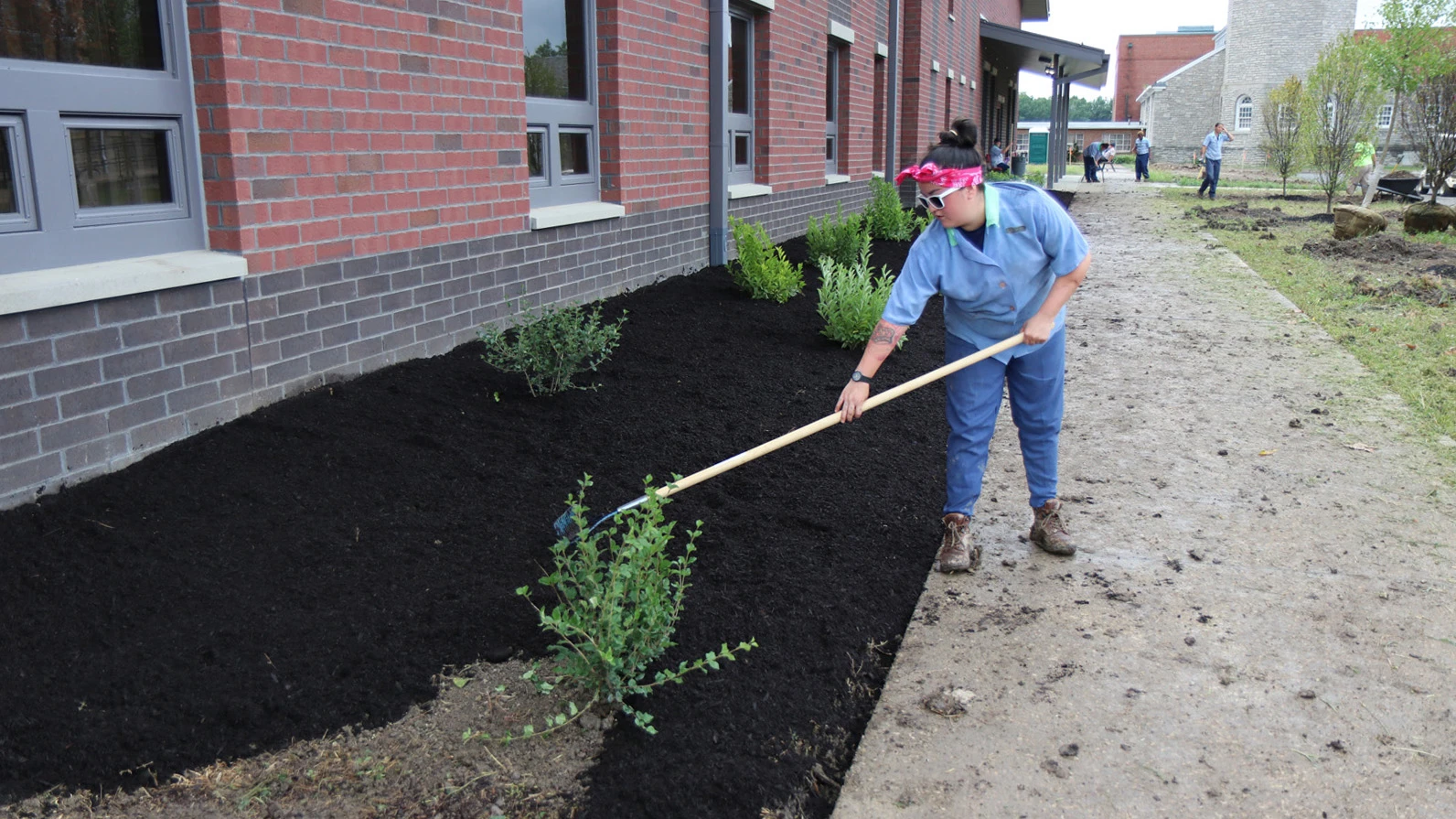
For the inmates that Fast Company corresponded with, working on the garden was an impactful experience.
“It has kept me more at peace and I have learned to appreciate what plants have to offer humans,” writes Simone, age 24, who has three more years on her sentence. “This has been a life-changing event.” She has some education in horticulture and was actively involved in choosing some of the plants for the courtyard.
Being part of the design process helped some think more optimistically about the future: “Prisoners have to live here so it gives us pride in knowing we helped build/create something,” writes Rhiannon, age 31, who has more than two years left on her sentence. “I think it’s very important because it lets us see how capable we are of accomplishing something positive.”
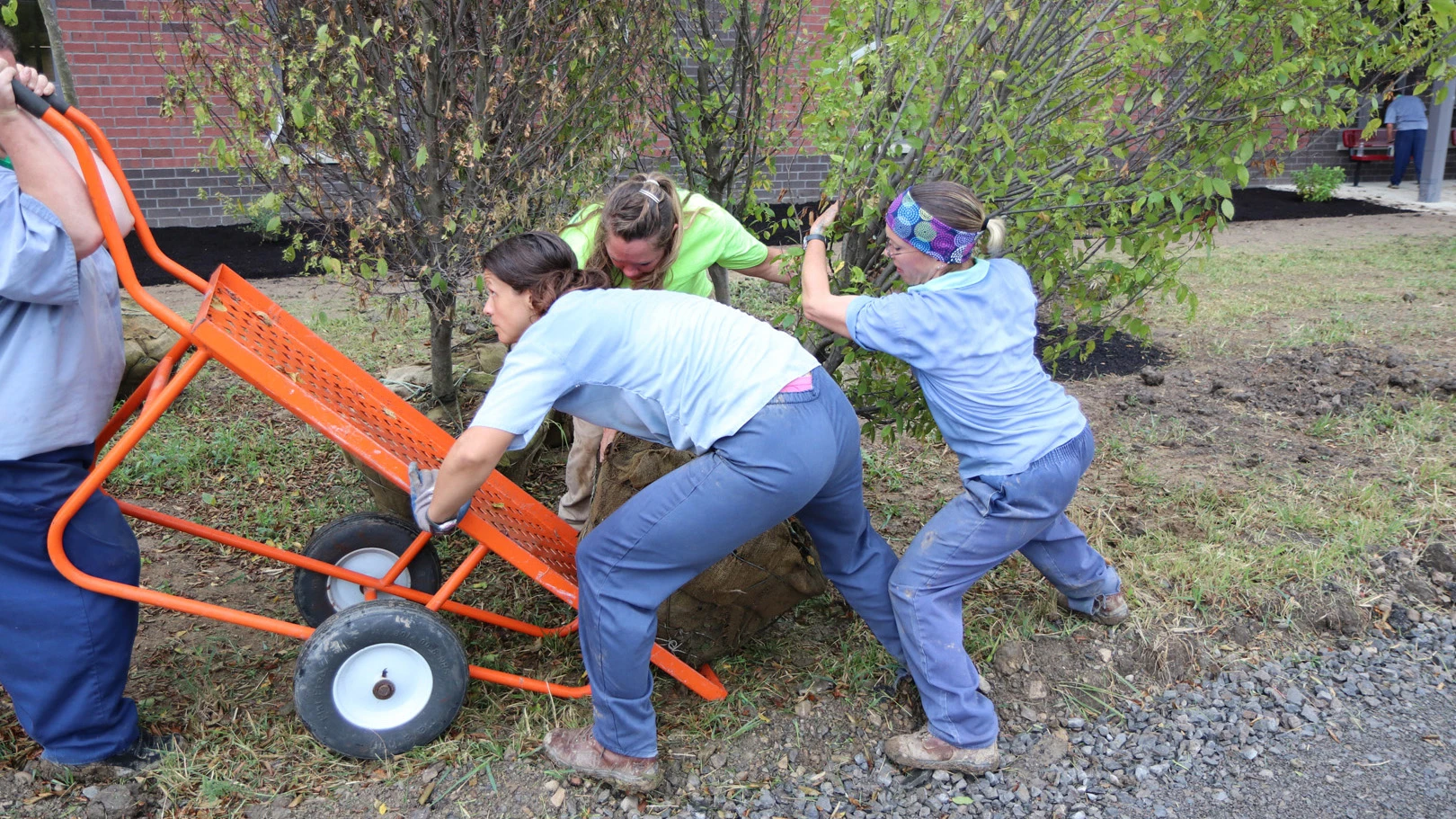
The benefits of working on the project go even further: Stahl’s class aims to teach inmates everything required to pass tests from the Ohio Nursery and Landscape Association to help them jump-start a career in horticulture when they are released. Of those who spoke with Fast Company, all were interested in careers working with plants or design in some way.
“It has given me a second chance at life to go home and be able to do something productive that I love doing,” Rhiannon writes. She says that working with plants has been a major stress reliever for her.
Amanda, age 34, and Maggie, age 41, also expressed more hope for the future after the horticulture class.
By focusing more on rehabilitation and including inmates in the design process, Ohio Reformatory for Women points toward a more humane way of thinking about incarceration.
“Being involved in something of this scale has given me hope and made me feel more important than I’ve felt in a long time,” Debra says.
Recognize your brand’s excellence by applying to this year’s Brands That Matter Awards before the early-rate deadline, May 3.
